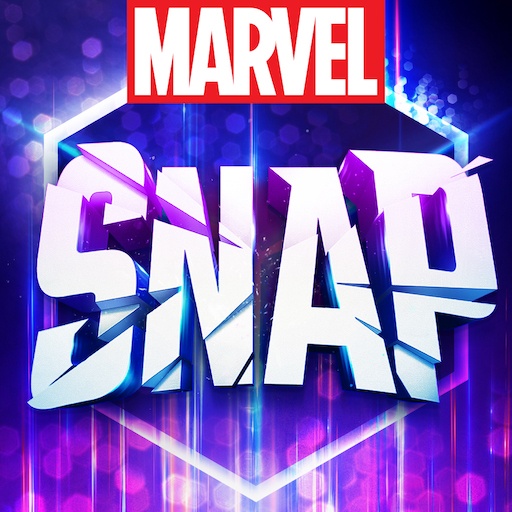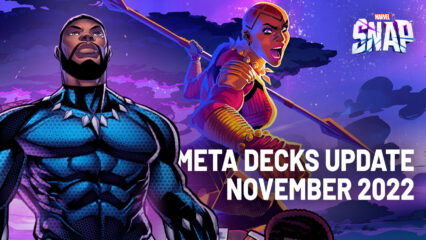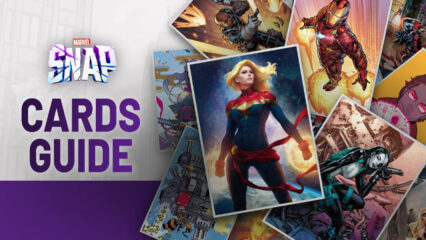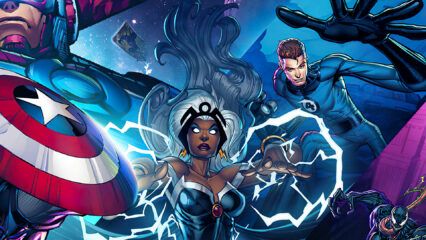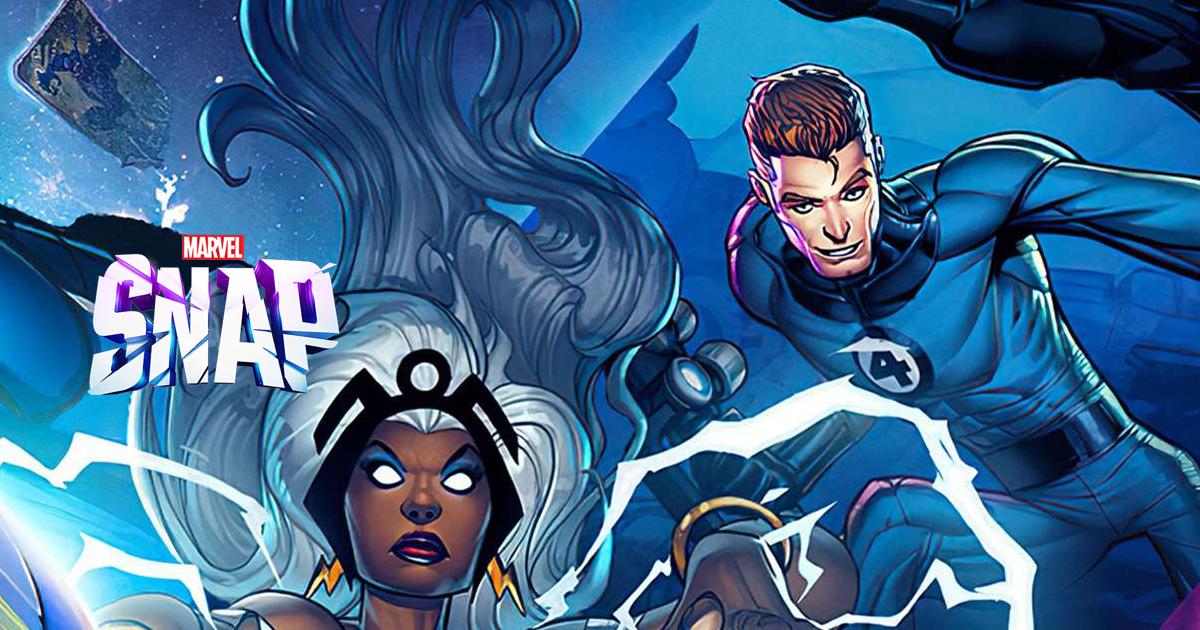MARVEL SNAP Deck Building Basics and Battle System Explained
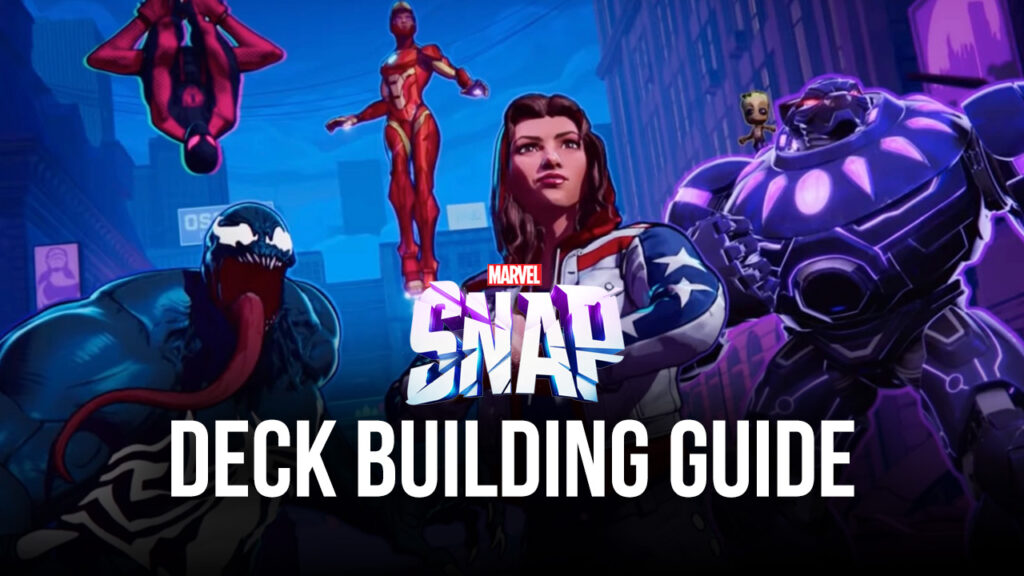
MARVEL SNAP is bringing a whole new style of gameplay to the CCG genre, revolving around our favorite Marvel characters, just like in Marvel Duel, but with several key differences that helps it to stand out among the other games in this genre.
One of these major differences is how the matches flow, as well as the victory conditions, with Snap borrowing aspects from other popular titles in the genre, while adding its own unique flair and touches to them. As such, we can find a unique creation geared towards the casual crowds of gamers, which offers short but exciting matches that are ideal for passing the time whenever anyone has a few minutes to spare. Nevertheless, it’s also awesome for the more hardcore CCG audience who want a new main title to sink their teeth into.
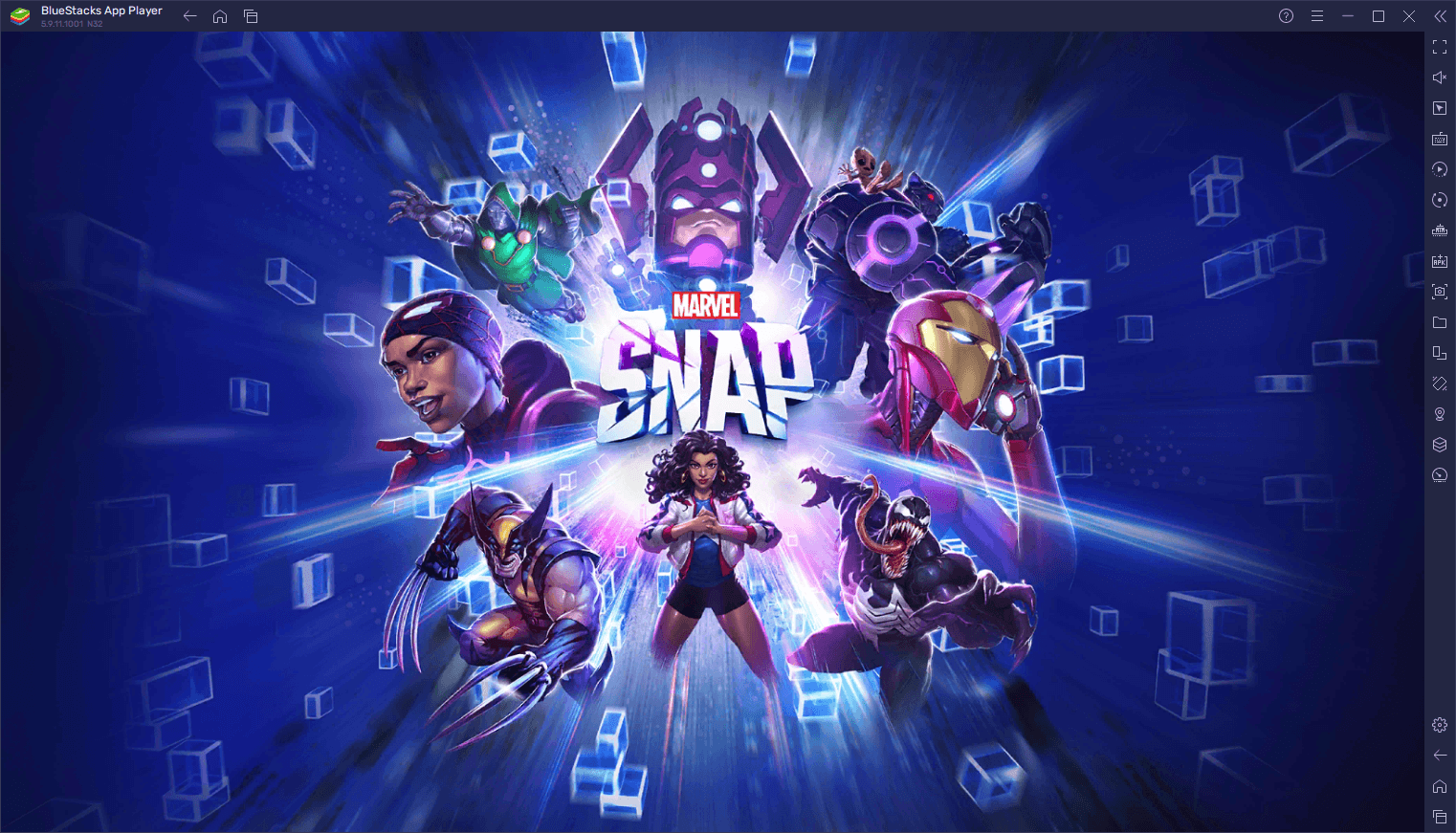
With that being said, whether you’re a casual player or a more committed gamer, it’ll be quite important to learn the basics of MARVEL SNAP, so that you can put together powerful decks and defeat your enemies at every turn.
Let’s begin!
Deck Building Basics
The very first thing you need to do before getting started in MARVEL SNAP is building your first deck. Luckily, the tutorial does a pretty good job of explaining how to add and remove cards, so make sure to pay attention. However, what they fail to mention are some specific requirements that, while easy to figure out, might be a bit confusing for newcomers, especially for those who are unfamiliar with CCGs.
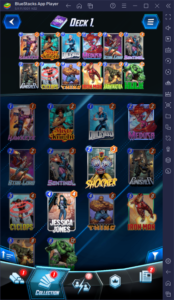
Each deck in Snap can contain up to 12 cards each, and none of these cards can be duplicates of one another. The effects and energy cost of your cards are irrelevant, as you’re free to build your deck however you see fit, as long as you adhere to the no duplicates mandate. However, a good player will have to strike a balance between power and energy costs, particularly since you’ll probably have a very hard time winning matches if you only pack high-energy cards. Moreover, even the weaker cards can often make or break a match thanks to their special effects.
Card Effects
When it comes to building your deck, studying card effects is often more important than selecting the cards with the highest power values, since these effects will often be the determining factor on whether or not you win at a location. In other words, once applied, these effects bestow all sorts of passive bonuses, some of which even allow you to move cards around mid-battle and radically change your strategy.
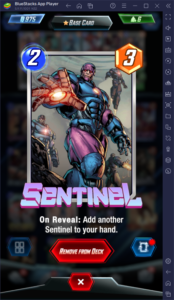
Some of the most prevalent card effects include the following:
- On Reveal: The effect in question takes effect once the card is flipped into play once both players end their turns. This is not to be confused with SETTING the card on the field, which is simply when you place it down, as it still remains hidden to your opponent initially.
- Ongoing: The effects of the card remain as long as the card is set face up on the field. These cards can be destroyed or disabled by certain characters, though they almost always persist for the entire match.
- Move: A card effect that lets you move either the issuing card, or any other card on the field. The applicability of this effect varies from card to card, with some of these even allowing you to move enemy cards around.
- Destroy: Cards with this effect have the power to permanently destroy and remove other cards from the current match.
- Discard: An effect that makes players discard a number of cards depending on certain conditions. These cards are simply sent back to the deck and are NOT destroyed.
With these effects in mind, it’s important to not only build decks with high power values for turning matches around in the last few turns, but also to build your strategies around effect synergies that can help you keep your enemies guessing, and also give you the upper hand from early on.
Upgrading Cards
Each card in this game has a rarity value, which can range from seven different tiers: Common, Uncommon, Rare, Epic, Legendary, Ultra, and Infinity. These tiers are cosmetic only, and don’t actually affect the performance of the card in any way. However, upgrading your cards is the only way you can level up your Collection Level, and therefore unlock new cards and obtain boosters, credits, and other awesome prizes. Check out our MARVEL SNAP progression guide if you wish to learn more about how to boost your account in this game.
Simply put, upgrading cards requires two main components: credits, and boosters. The former is the standard currency in the game, used in a variety of places to purchase goods, but also to pay for upgrading your cards. The latter, on the other hand, are specific to each card, and are obtained only from adding the said cards to your deck and playing them during matches.
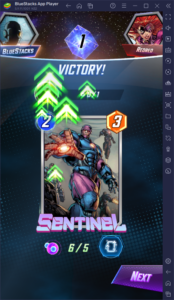
Every time you upgrade a card it’ll increase in rarity while also gaining awesome new cosmetics effects on the card’s art. Furthermore, once you max out a specific card by increasing it to Infinity rarity, you’ll obtain a new duplicate of the said card that will start out at Common quality, which you can then upgrade once again in order to continue gaining experience to increase your Collection Level.
Match Basics
Now that we know how to build and enhance our decks, we can go ahead and start talking about how to actually use them in combat. Specifically, we can talk about how the battle system in Snap works.
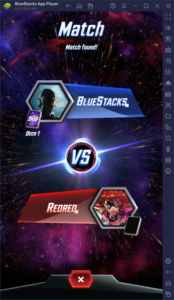
In a nutshell, the idea of each match is to place down your cards at any of the three locations on the board in order to build up your power, and gain a numerical superiority over your opponent. And if you want to actually win the match, you need to do this in at least two of the three locations on the board. Moreover, each location can have specific effects applied to the cards played within, which you must always keep in mind in order to obtain power superiority.
The matches in MARVEL SNAP play out in a series of six turns, with each turn granting the players an additional energy point, so that they can start placing progressively stronger cards as the match goes on. In this sense, players begin the match with only 1 energy in the first turn, followed by 2 energy in the second; 3 energy in the third, and so on. It’s important to note here that, while possible to end your turn early without spending all your energy, this unused energy WILL NOT be saved for the next turn, so it’s always ideal to spend all your points whenever possible.
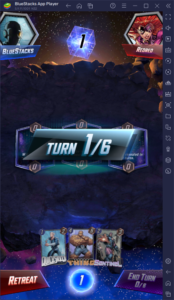
Each player starts the match by drawing three cards. Additionally, both players place their cards at the same time, though the order in which these cards are revealed will vary according to a couple of factors. Specifically, when it comes to placing and revealing cards on the battlefield, there are two aspects that you always need to keep in mind, as these will essentially determine the outcome of any encounter:
- Cards are always revealed after both players have finished setting them down and end their turns. These cards are revealed IN THE SAME ORDER THAT THEY WERE SET DOWN. It’s imperative to keep this in mind as some card interactions will vary depending on the order in which you placed them.
- While both players set down their cards at the same time, the actual order in which they are revealed when both of them end their turns is determined depending on who currently has the lead. The player that’s currently winning will always reveal their cards first when both players end their turn. A good way to tell who has the lead is by looking at the player names on the top of the screen—the one who has a glowing name is the one who is currently winning.
While most of the match essentially boils down to placing cards and adding up power in any of the three locations, there is a significant level of mind games involved in the standard gameplay, particularly in relation to the SNAP feature. This is because, at any moment of the match, players can click on the cube at the top of the screen—between both player portraits—to SNAP and double the number of cubes wagered for the current match. And while this is a way to potentially boost your earnings if you have a strong hand, it can also be used to bluff and psyche out your opponent if you have a weaker hand.
The SNAP feature goes hand in hand with the fact that players can retreat at any moment during one of these duels, forfeiting their current wager, but also avoiding losing any more cubes if they have a weak hand.
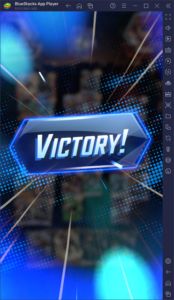
And with that, you’re now ready to head out and win all your MARVEL SNAP matches. Feel free to leave us your own pointers in the comments below!

